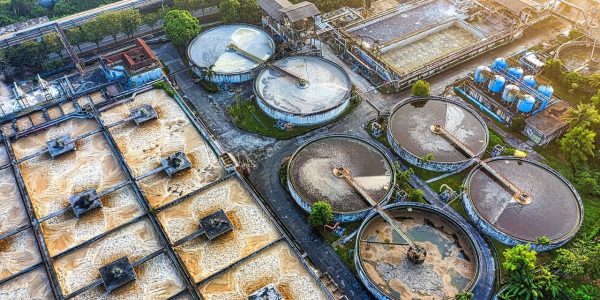
Over half of the world’s population is severely affected by water scarcity, which will be exacerbated by climate change and population growth. While these climate hazards are experienced globally, a disproportionate burden is placed on developing countries, particularly, in sub-Saharan Africa. Water reuse, treating wastewater from different sources and recycling, is one solution to the water scarcity impacting many countries globally. Water reuse technologies have been designed and implemented in both developed and developing countries. However, adhering to national and local policies, standards, and cultures is crucial to streamline effective implementation of these technologies.
The Bill & Melinda Gates Foundation's Water, Sanitation & Hygiene (WSH) team collaborated with START to better understand the scope of existing water reuse standards and regulations in low- and middle- income countries. The aim of this research was twofold: to identify the regulatory landscape surrounding water reuse and to identify key insights to inform the development of water reuse projects in the future.
The START team conducted both peer and gray literature review as well as 8 key informant interviews and found that water reuse policies are limited or even nonexistent in many countries, particularly those that could most benefit from water reuse projects. In the absence of national guidelines, countries generally follow international regulations from the US Environmental Protection Agency, World Health Organization, International Organization for Standardization (ISO) 30500, and United Nations Environment Program. Most of the existing water reuse guidelines are predominately in the agriculture sector. Regionally, the Eastern Mediterranean region has higher water reuse rates and regulations than most other regions. In Asia, China, Singapore, and India are leading the war towards reusing water. Although there is one leading example of a successful water reuse plant in Namibia, Sub-Saharan Africa is the region with the least number of water reuse projects being implemented.
Community acceptance is integral to successful implementation of water reuse schemes. More extreme cases have documented community backlash against using "toilet water," but counterbalancing examples see farmers recycling wastewater independently without guidelines. Given that people will use available water as they need it, regardless of original intended use, regulation is needed to prevent illness caused by untreated wastewater. To encourage community support for water reuse, pricing incentives are one option. One example of this is in China, where the government offers subsidies and annuity payments for recycled water use. According to a key informant, via these subsidies, reclaimed water used for flushing can cost 20% of fresh water used for the same purpose. Another example is in Israel, where residential drinking water is priced higher than agricultural reclaimed water.
One final key insight is that developing and existing policies must evolve to include guidelines around toxic build up. Many current standards do not generally consider toxic metals, salinity, pesticides, antibiotics, pharmaceuticals or hormones that build up in reused water. Treated water with intact biological and chemical contaminants can cause adverse health impacts, guidelines should try to include this growing concern. One way to monitor this is to limit how many times water can be recycled in closed loop systems or to establish guidelines for the proportional mix of freshwater and recycled water to dilute these contaminants.






